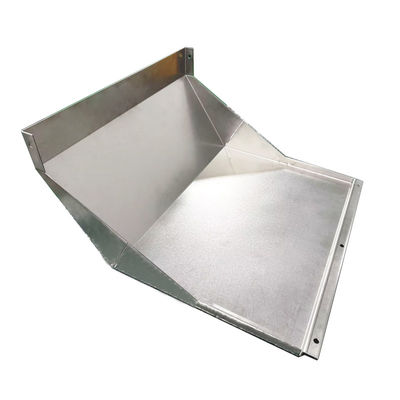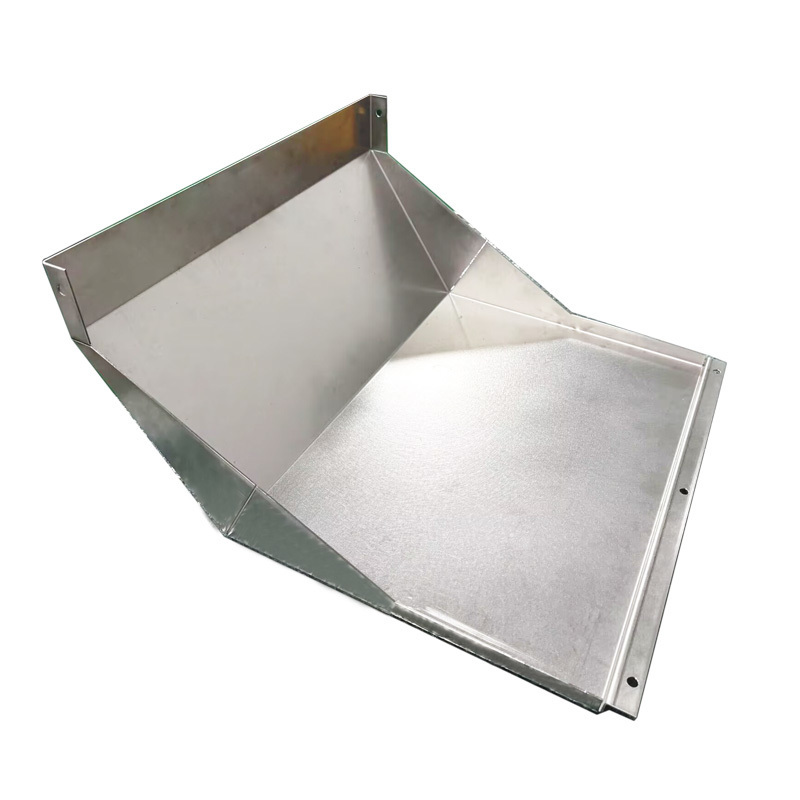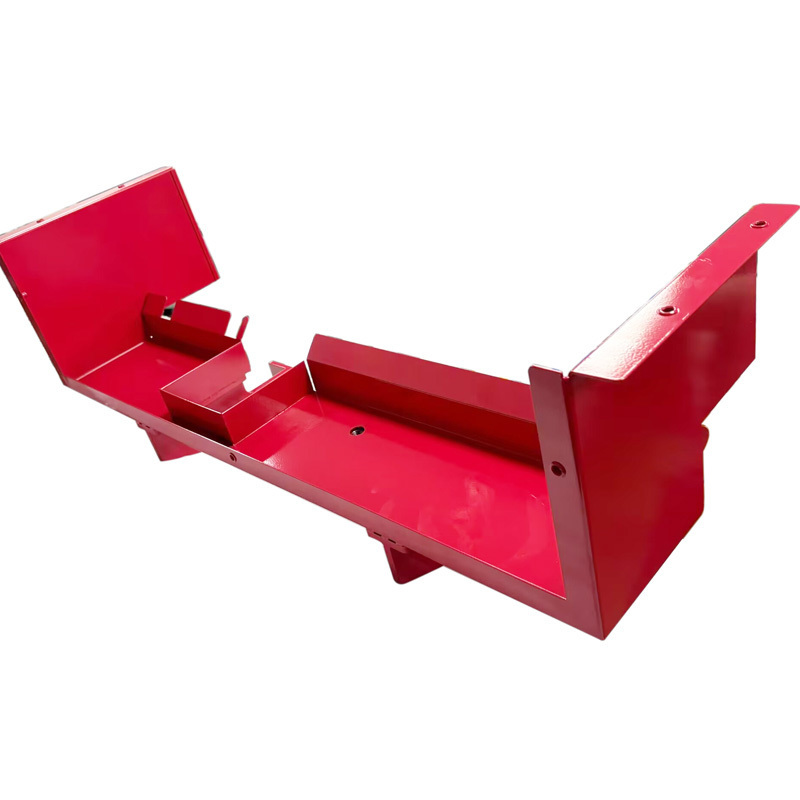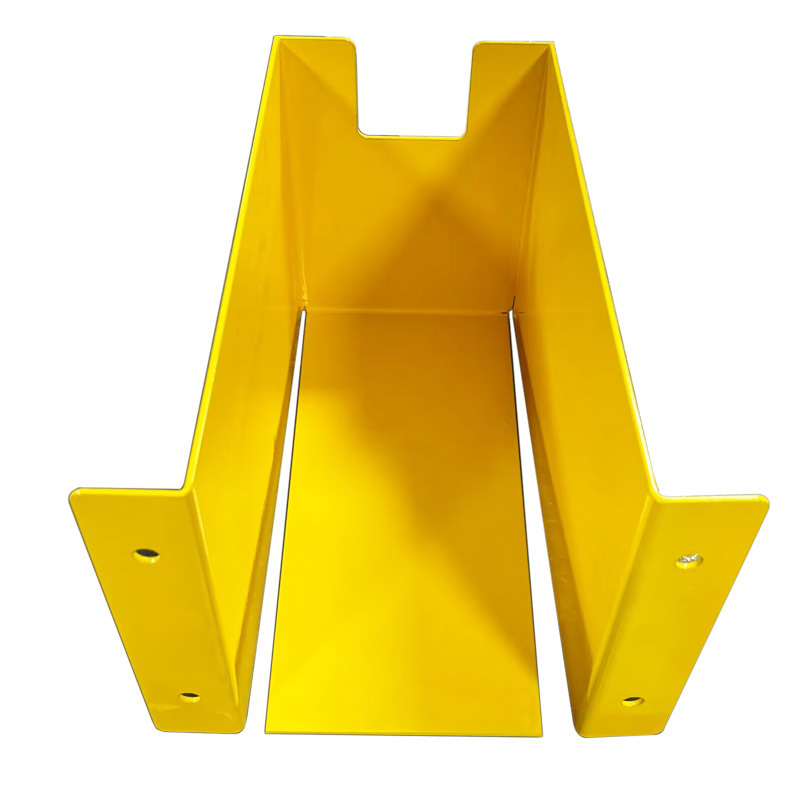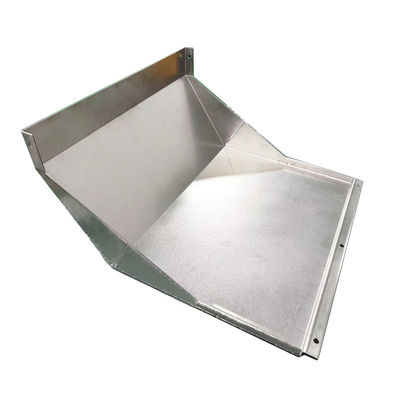
Części do gięcia metalu arkuszowego na zamówienie i skomplikowane
-
Podkreślić
Części do gięcia arkuszy metalowych na zamówienie
,skomplikowane części do gięcia blachy metalowej
,Części do gięcia metali z precyzyjnych arkuszy
-
Miejsce pochodzeniaShenzhen, Chiny
-
Nazwa handlowaHS
-
Numer modelu323
-
MateriałAluminium, stal nierdzewna, mosiądz, ocynkowane itp.
-
TechnikaCięcie laserowe, gięcie, spawanie
-
Obróbka powierzchniowaMalowanie proszkowe, galwanizacja, tlenkowanie
-
Rozmiardostosowane
-
AplikacjaSprzęt AGD,Samochód,Budownictwo
-
OrzecznictwoISO9001
-
OEMPrzyjąć
-
Tolerancja0,1 mm
-
Format rysowania3D/CAD/Dwg/IGS/STP
-
PróbkaMusisz zapłacić pobyt
-
Miejsce pochodzeniaGuangdong
-
Nazwa handlowaHS
-
OrzecznictwoISO9001:2015
-
Numer modeluHS-323
-
Minimalne zamówienie1, sztuka/sztuk
-
CenaUSD,0.53-4.58,Piece/Pieces
-
Szczegóły pakowaniaPiana EPE wewnątrz i karton na zewnątrz lub pianka EPE wewnątrz i drewniana na zewnątrz
-
Czas dostawy7-14 dni roboczych
-
Zasady płatnościL/C, D/A, D/P, T/T, Western Union, Moneygram
-
Możliwość Supply5000, kawałki/kawałki, miesiąc
Części do gięcia metalu arkuszowego na zamówienie i skomplikowane
Zgięcie blachy metalowej jest jednym z najważniejszych i najbardziej wymagających technicznie aspektów produkcji metalu.Możliwość przekształcania płaskich wzorów w precyzyjne trzywymiarowe kształty odróżnia podstawowe metalowce od prawdziwych precyzyjnych producentów. Ten kompleksowy przewodnik bada świat giętych części blachy, zajmuje się wyzwaniami związanymi ze złożonym gięciem blachy,i wyjaśnia korzyści z dostosowanych usług gięcia blachy metalowej dla konkretnego zastosowania.
| Materiał | Stal, stal nierdzewna, aluminium, żelazo, stal węglowa, miedź, mosiądz, stop itp. |
| Gęstość | 0.1mm do 12mm, na życzenie |
| Rozmiary | 1) Zgodnie z rysunkami klientów 2) Zgodnie z próbkami klientów |
| Obsługa powierzchni | Anodowanie, ocynkowanie, cynkowanie, niklowanie, chromowanie, powłoka proszkowa, malowanie itp. |
| Format rysunku | DWG, DXF, STEP, STP, STL, AI, PDF, JPG, Draft. |
| Opakowanie | Polityka+karton + drewniana obudowa/paletka, na żądanie klienta |
| Przesyłka | 1) Za pośrednictwem kuriera, jak DHL, TNT, Fedex, itp, zazwyczaj 5-7 dni do przyjazdu |
| 2) Powietrze do portu lotniczego, zazwyczaj 3-4 dni do przyjazdu | |
| 3) Przez port morski, zazwyczaj 15-30 dni do przyjazdu | |
| Czas dostawy | zależy od ilości, zazwyczaj około 20 dni. |
| Okres płatności | T/T, Paypal, gwarancja handlowa |
| Certyfikacja | ISO |
| Usługa logo | dostarczane |
| Zastosowanie | szeroko stosowane w budownictwie, przemyśle, przemyśle motoryzacyjnym. |
Zgięcie to podstawowy proces w produkcji blachy metalowej, który polega na nakładzie siły pomiędzy dwoma narzędziami przy użyciu hamulca, aby deformować metalowy przedmiot do pożądanego kształtu.Proces ten wykorzystuje górne narzędzie (zwane ciosem) i niższe narzędzie (zwane V-die).
Zgięcie nie tylko poprawia integralność konstrukcyjną części, ale także redystrybuuje naprężenie poprzez zwiększenie jej sztywności.Technika ta pomaga osiągnąć specyficzne kształty wymagane dla niektórych zastosowańNa przykład tworzenie zakrzywionego profilu może poprawić zdolność części do wytrzymania pewnych rodzajów obciążeń, a tym samym zwiększyć jej wydajność i trwałość.
Części blachy metalowej są zazwyczaj wytwarzane z jednego blachu metalu i dlatego powinny mieć jednolitą grubość ściany.9 mm do 20 mm mogą być wytwarzane z blachy (< 3 mm) lub płyty (≥ 3 mm), ale specyficzna tolerancja zależy przede wszystkim od wymagań projektowych części.
Minimalny promień zakrętu powinien być co najmniej równy grubości blachy, aby uniknąć pękania lub deformacji metalowej części.Utrzymanie zakrętu w tej samej płaszczyźnie i kierunku pozwala zaoszczędzić czas i koszty, zapobiegając przemieszczaniu częściPonadto utrzymanie stałego promienia zakrętu sprawia, że element jest bardziej opłacalny.
Przy gięciu blachy powierzchnia wewnętrzna gięcia wzdłuż osi neutralnej przesunie się.jest używany do obliczenia dopuszczalności do gięciaUżycie wykresu współczynnika k może pomóc obliczyć ilość materiału wymaganego do zapewnienia dokładności gięcia.
| Radiusz | Aluminium (miękkie) | Aluminium (średnie) | Stal nierdzewna (twarda) |
| Zgięcie powietrza | |||
| 0 t | 0.33 | 0.38 | 0.40 |
| t. 3*t | 0.40 | 0.43 | 0.45 |
| 3*t. ️ >3*t. | 0.50 | 0.50 | 0.50 |
| Zgięcie dna | |||
| 0 t. | 0.42 | 0.44 | 0.46 |
| t. ¢ 3*t. | 0.46 | 0.47 | 0.48 |
| 3*t. ️ >3*t. | 0.50 | 0.50 | 0.50 |
| Zgięcie monet | |||
| 0 t. | 0.38 | 0.41 | 0.44 |
| t. ¢ 3*t. | 0.44 | 0.46 | 0.47 |
| 3*t. ️ >3*t. | 0.50 | 0.50 | 0.50 |

